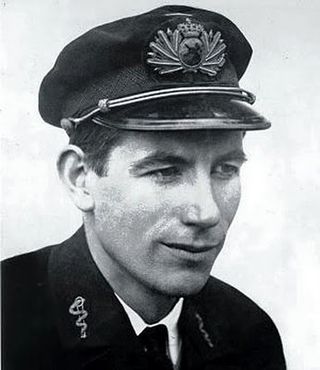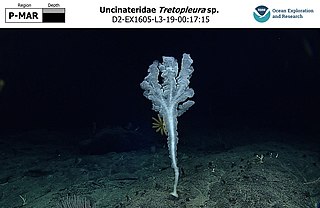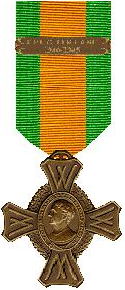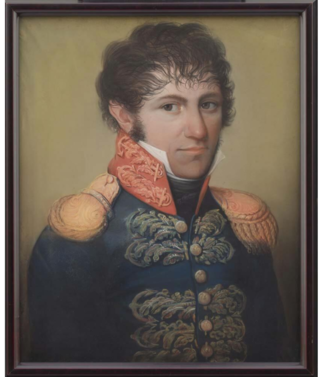
Jan Jacob Slauerhoff, who published as J. Slauerhoff, was a Dutch poet and novelist. He is considered one of the most important Dutch language writers.
Ceratocumatidae is a family of crustaceans of the order Cumacea. Ceratocumatidae have a small free telson. The endopods of the uropods are present on only one segment. Males have 5, 4 or 3 pairs of pleopods. All maxillipeds and some of the pereiopods bear exopods. The gill apparatus has no supporting gill plates.

Neritiliidae is a family of submarine cave snails, marine gastropod mollusks or micromollusks in the clade Cycloneritimorpha.

The Siboga expedition was a Dutch zoological and hydrographic expedition to Indonesia from March 1899 to February 1900.

Jean Paul Louis Pelseneer was a Belgian malacologist, morphologist, ethologist and phylogenist.
Jacobus Ruurd "Jaap" Bruijn, was one of the best known and respected Dutch maritime historians. He was professor of maritime history at the University of Leiden from 1979 until his retirement in 2003. During his 41-year teaching career as The Netherlands' only university professor of maritime history, he guided the doctoral theses of no fewer than 49 graduate students.

Colonial buildings and structures in Jakarta include those that were constructed during the Dutch colonial period of Indonesia. The period succeeded the earlier period when Jakarta, governed by the Sultanate of Banten, were completely eradicated and replaced with a walled city of Batavia. The dominant styles of the colonial period can be divided into three periods: the Dutch Golden Age, the transitional style period, and Dutch modernism. Dutch colonial architecture in Jakarta is apparent in buildings such as houses or villas, churches, civic buildings, and offices, mostly concentrated in the administrative city of Central Jakarta and West Jakarta.

Mattheus Marinus Schepman was a Dutch malacologist. He was one of the foremost collectors of mollusc shells in the Netherlands, and was also high on the overall list of European collectors.

The Riouw class was a class of four steam screw gunvessels of the Royal Netherlands Navy. They were the first composite built ships of the Dutch navy.
Benhamipolynoe is a genus of marine annelids in the family Polynoidae. The genus is known from the Pacific and Atlantic Oceans and includes 2 species.
Benhamipolynoe antipathicola is a deep-sea scale worm that has been reported from the Pacific and Atlantic Oceans from depths of 128 to almost 500m.

Farreidae is a family of glass sponges in the order Sceptrulophora.

Lefroyella is a genus of glass sponges in the subfamily Euretinae, containing 2 species.

Tretodictyidae is a family of glass sponges in the order Sceptrulophora.
Anomochone is a genus of glass sponges in the family Tretodictyidae.

Aphrocallistidae is a family of hexactinellid sponges in the order Sceptrulophora.

Uncinateridae is a family of glass sponges in the order Sceptrulophora.
Lonchiphora is a genus of glass sponge in the family Farreidae.

The War Commemorative Cross is a military award of the Netherlands. The medal was established to commemorate service to the Kingdom of the Netherlands during World War II. The medal was established on 16 March 1944 by royal decree of Queen Wilhelmina.

Quirijn Maurits Rudolph Ver Huell was a Dutch naval officer, writer, painter, watercolorist and entomologist. He played an important role in the suppression of the insurrection of Pattimura on Saparua in 1817. He was the captain of the Dutch ship of the line Zr. Ms. Admiraal Evertsen when that ship foundered near Diego Garcia in 1819 with an important cargo of irreplaceable botanical specimens on board, that had been gathered by the founder of the Bogor Botanical Gardens, Caspar Georg Carl Reinwardt. He himself was somewhat of a polymath, who earned a reputation as a naturalist in his own right, and in particular as an illustrator of works of botany, zoology and entomology. He was the last director of the renowned naval shipyard of Rotterdam. He received several high decorations, among which that of Knight 3rd class of the Military Order of William. He played an important role in the social and cultural life of Rotterdam.He was the father of Alexander Willem Maurits Carel Ver Huell.














